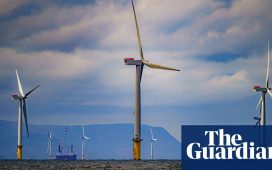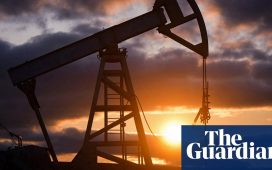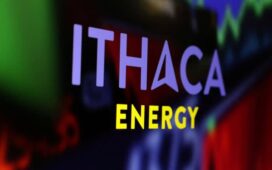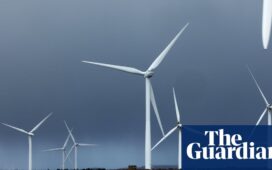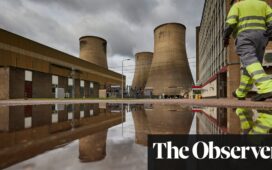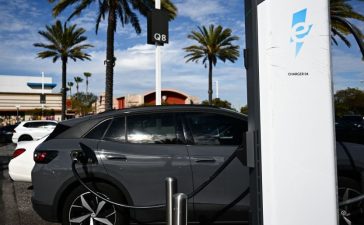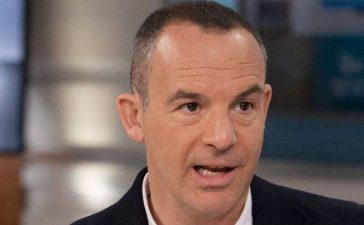After a “robust and competitive” hunt for a new chief executive, the board of BP has decided that the best appointment is the bloke who has been sitting in the boardroom for three and a half years already and doing the job on a stand-in basis since the defenestration of Bernard Looney last September.
No surprise there. BP has never appointed a boss from outside, and Murray Auchincloss, the former chief financial officer, fits the bill as a continuity candidate. He has been in the company for 25 years and is wedded to Looney’s – and chair Helge Lund’s – strategy of “orderly” transition to net zero by 2050 or sooner. He did the numbers on the approach, after all.
Continuity won’t be everybody’s cup of tea, however. Some investors will hate it. They are the ones who don’t sign climate activist resolutions and don’t buy the idea that BP’s “transition growth engines” – wind turbines, hydrogen, biofuels and electric vehicle (EV) charging points – can ever generate the same returns on capital as fossil fuels. They would rather oil companies stick to producing oil and gas (and ramping up the dividends and share buybacks) while leaving the transitioning stuff to specialists.
On Looney’s watch, BP’s shares persistently traded at a discount within the Big Oil club. In a post-Covid world of higher oil prices, the very oily and cash-generative Americans, Chevron and Exxon, sit atop the valuation charts. Versus Shell, which last year abandoned plans to cut oil production each year for the rest of the decade, BP also stands at a discount. Looney’s own tweak was to lower BP’s target for a cut in hydrocarbon production from 40% to 25% by 2030, but it didn’t close the valuation gap.
What is Auchincloss to do? Well, one hopes he does what he says and sticks to the plan. Somebody within oil’s old guard has to try to demonstrate that it is possible to generate the same returns in energy outside fossil fuels. BP’s pledge is that biofuels (gas and liquid) and EV charging points can produce an oil-like 15% over the cycle. If that was achieved, some of the doubts would fade.
Half the problem, though, is long lead times. BP’s transition assets are likely to produce top-line earnings of only $1.5bn this year, which barely moves the dial at a company of its size. It is only by 2030, when the relevant earnings are scheduled to be $10bn, that doubters may have started to rethink. The only sure answer is to hit every target on the way and avoid obvious financial duds, such as wind in the US.
after newsletter promotion
Looking through the other end of the transition telescope, one could equally say that the pace of change at BP is sluggish. That is also true; fossil fuels are still projected to be 75% of the group’s earnings by 2030. But, within a deeply divided investor base, Auchincloss will primarily feel the heat from those who would be oily for longer. That’s life, unfortunately. But continuity, however dull it sounds, is a reasonable stance for BP’s under-pressure board to take at this point. The current strategy is three years old, which is no time in the energy business. It should be given a chance to succeed or fail.

